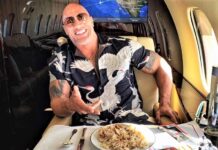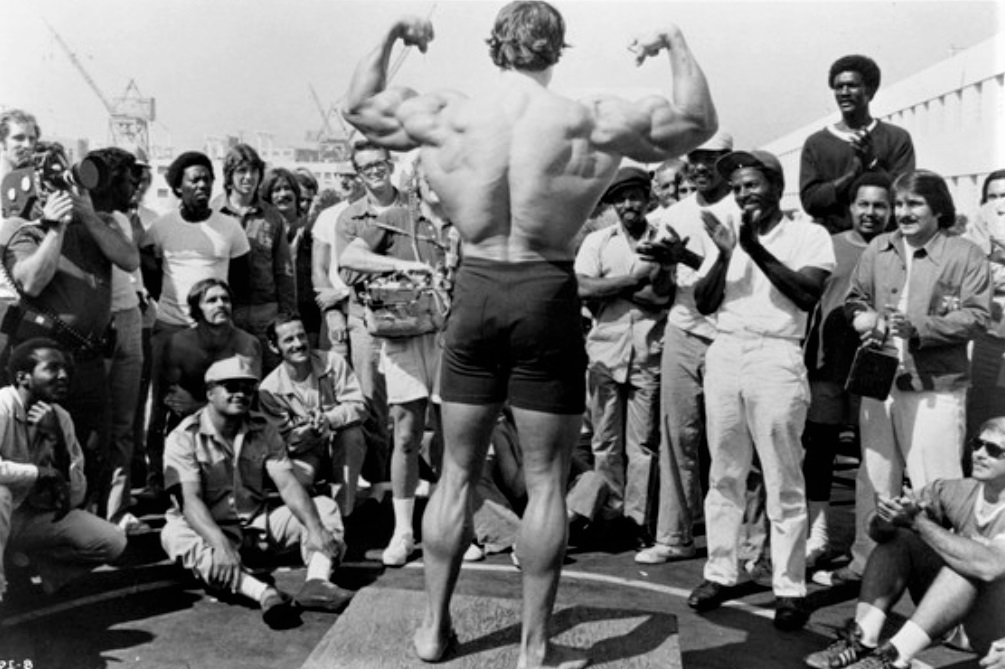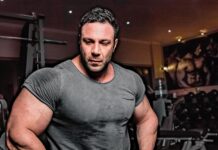The Butler did it. Few people have had as great an influence on bodybuilding as George Butler. As the photographer of the 1974 book Pumping Iron and the engine that conceived and directed the 1977 documentary film Pumping Iron, Butler (in concert with his prime subject, Arnold Schwarzenegger) helped pull weight-training out of a few dingy dungeons and into the mainstream. In his landmark movie, he gave and continues to give generations of bodybuilders and fans worldwide their definitive document: a historical reference, a motivational guide, a celluloid bible. In 2002, when Cinemax was preparing to broadcast Pumping Iron (which had been out of circulation for 11 years) and a documentary about the documentary, Raw Iron, the late Shawn Perine interviewed Butler for IronAge.us. What follows is a lightly edited version of that illuminating conversation.
Update: George Butler passed away on October 22, 2021. He was 78. Our condolences to his family and friends.
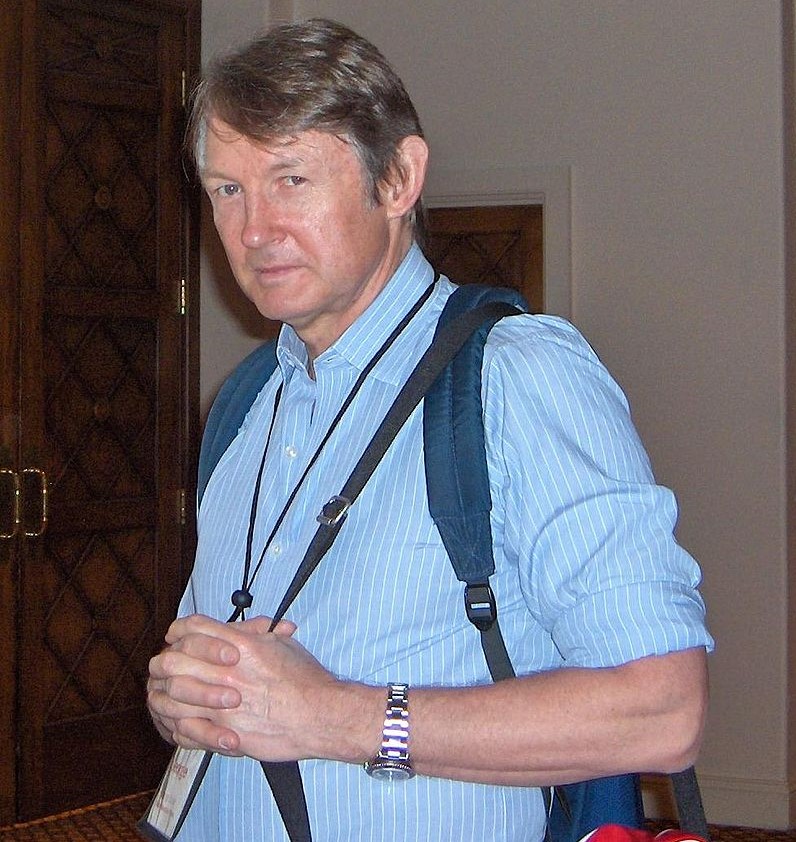
Perine: What was your first professional experience with bodybuilding?
Butler: Charles Gaines was assigned by Sports Illustrated to write an article on a bodybuilding contest for the July ’72 issue. He asked me to take the photographs. It was the Mr. East Coast, which was held in Holyoke, Massachusetts and which was won by a wonderful bodybuilder named Leon Brown.
Were you familiar with bodybuilding at the time or was it a new experience for you?
I had grown up in Jamaica and the West Indies and I used to workout in a gym in Jamaica, and bodybuilding was a big sport down there. I saw my first bodybuilding exhibit actually at a political rally in a church in Savannah La Mar, Jamaica. A friend of mine was running for parliament in Jamaica, and he had a political rally in the parish church, and part of his rally included a bodybuilding exhibition and a guy named Samson. The power went out in the middle of it, so they lit it with kerosene flares.
After the Sports Illustrated article came the book. I understand you faced a few obstacles in attempting to get it published. Doubleday had given you an advance to do the book.
Right. We did the entire book and turned the manuscript in to Sandy Richardson, who was editor-in-chief at Doubleday, and he wrote us a letter saying “I want my money back. No one will ever read this book, and no one will ever be interested in Arnold Schwarzenegger.”
So then you shopped it around in New York?
Yeah. We shopped it around and ended up at Simon & Schuster in late ’74. It was a success. It made the New York Times bestseller list.
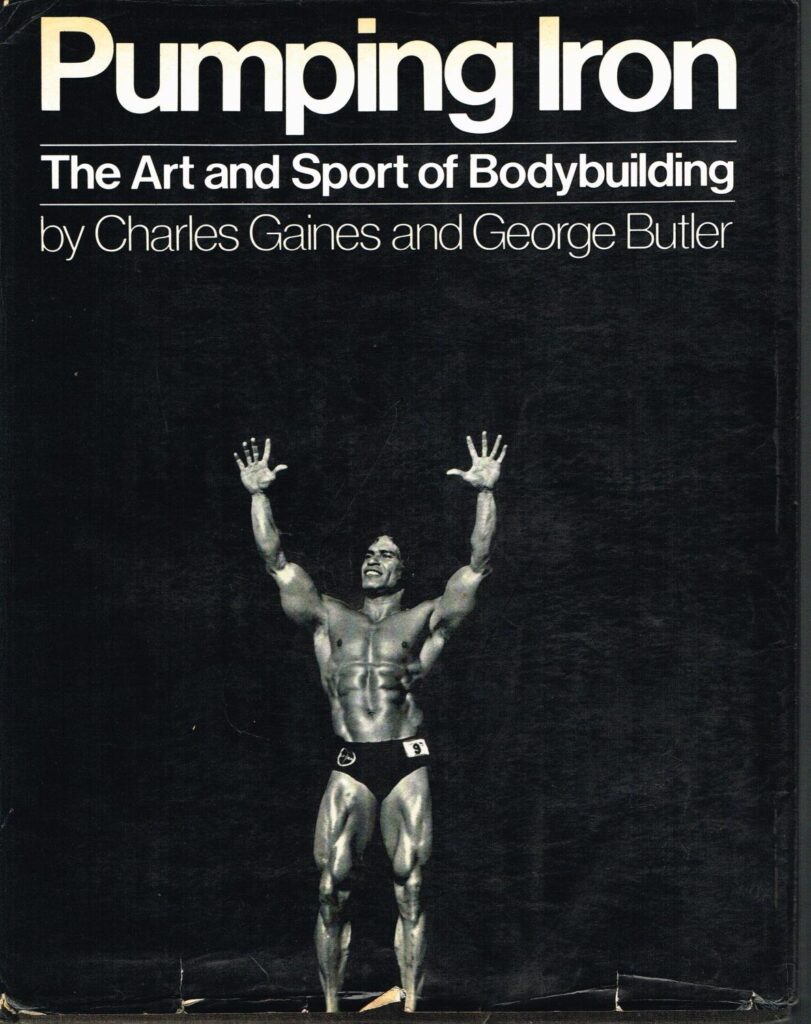
How many editions have there been?
I think there have been about 20 printings.
So after the book comes the movie. What was it like trying to bring the film to the screen? Was Charles involved?
Charles decided he didn’t want to be involved in the movie. Pretty much everyone deserted me by this point.
Did you have funding?
Well, funding came in very erratically and with great difficulty. I actually went to 3,000 people one-by-one to finance the film.
3,000?!
Yeah, it’s really true. I’m not exaggerating.
So you then went out and shot some footage?
We shot a test film and I screened it in New York for a hundred investors and [actress] Laura Linney’s father [playwright Romulus Linney] got up and said, “George, if you ever make a movie about Arnold Schwarzenegger, you’ll be laughed off 42nd Street.” And, of course, Arnold is now the king of 42nd Street.
That kind of negative attitude still astounds me.
What you’ve got to understand is that back in the early 70’s bodybuilding was the least glamorous sport in the world. The prevailing view was that it was purely homosexual, that bodybuilders were totally uncoordinated, and that when they grew older that their muscles would turn to fat and that they had no intelligence whatsoever. Charles Gaines said that it was like trying to promote midget wrestling. It was so tawdry. Everyone we knew was laughing at us.
It’s amazing not only how far bodybuilding has risen since then but how far it seems to have fallen at that time. Back in the 40’s and 50’s, guys like Charles Atlas and Steve Reeves didn’t portray that image.
Yeah, but there were limited pockets of bodybuilding, and if you look at Charles Atlas he wasn’t really much of a bodybuilder; and Steve Reeves made it in the movies and was very handsome. Look at it this way: Arnold Schwarzenegger arrived in America in 1968, and when we met him in 1972 the Mr. Olympia contest was held in a tiny little auditorium in Brooklyn, and the prize money was something like $1000; and only Arnold and Franco were making it as professional bodybuilders. Everyone else had another job. Leon Brown worked at a laundry on Staten Island.
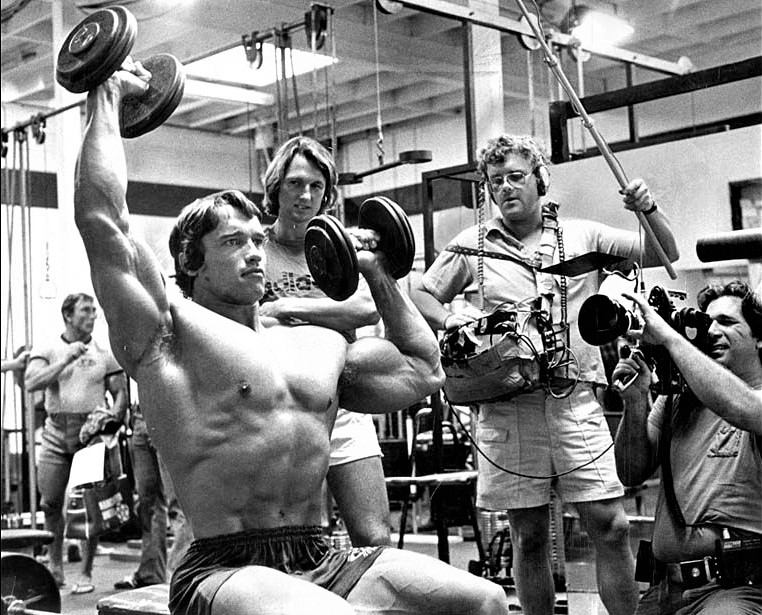
How big of a crew did you have for the filming?
Well, the way I shoot films, my crews expand and contract. For instance, when I was shooting at Louie’s gym in Brooklyn, it was really just half a dozen people. When we were shooting at Gold’s Gym, we had a bigger operation. It was probably 12 people, which included the cinematographer, gaffer, the assistants, and me, and some electricians, etc. Basically, I’m very proud of the fact that I’ve always worked with a small crew. When we were filming in South Africa at the contest, we were running about six cameras, and with South African assistants we probably had 30 people.
It feels like a larger production though, especially the competition scenes where you go from backstage to the audience’s perspective to onstage. What kind of a budget did you have?
I raised $400,000 to make the movie. [Editor: Arnold was paid $50,000.]
And so when Pumping Iron was released, was it straight to the art houses, or did it have a wide release?
Actually, it began at the Plaza Theater, which was a regular movie theater in New York, and it broke every box office record there was at the theater.
Were the reviews generally positive? Are there any memorable stories related to the film’s release?
Oh yeah. Well, it got fabulous reviews and through a friend I got Jacqueline Onassis to come to a lunch for Arnold, and that sent people through the roof. And I put Arnold before that in the Whitney Museum and in a ballet studio, and I got [artist] Jamie Wyeth to paint a portrait of him.
I remember the movie from PBS. It was before VCRs, so I used to run to the TV with my audio tape recorder and tape the audio for later listening. When did PBS start airing it?
Well, it was released in January of ’77. So probably in October-November of ’77 it went on PBS. Even that was exasperating because the distributor sold Pumping Iron to PBS for 30 grand, and about a week later ABC came to me and asked me if they could buy it, and I said, “Well, how much?” and they said, “A million dollars.” And by that time it was too late.
Arnold bought the rights [in 1991]. A lot of people were saddened by that.
But he is rereleasing it on Cinemax.
Looking forward to it. Now, among the bodybuilding set there is a lot of speculation concerning a few of the scenes in Pumping Iron. I’ve talked to others who have wondered if some of the film is documentary or maybe a little bit of the guys acting for the cameras. One case in particular that everyone talks about is the missing t-shirt/crusher scene and the onscreen friction between Ken Waller and Mike Katz. How much of that was real?
The only tricky thing involved there is that Waller evidently stole Katz’s t-shirt because we got on film Katz saying, “Where’s my t-shirt? I bet Waller took it.” And so, we filmed the before after with Waller tossing the football around with Robby [Robinson] and Roger [Callard], talking about how he was going to do it.
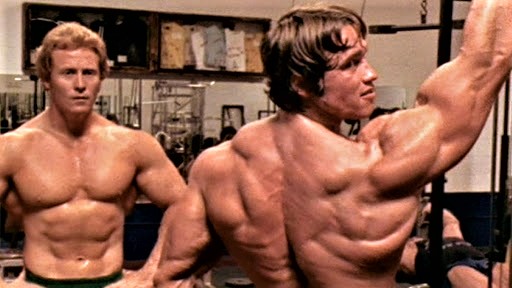
What about Arnold? He told so many great stories that are still debated, like whether he really missed his father’s funeral, as he states in the film.
That’s true. He did not go to his father’s funeral.
And when he made his analogy of a pump feeling like an orgasm, did he clear that with you first or was it just extemporaneous?
No, that was extemporaneous.
Were there any things that didn’t make it to the screen that were great, funny, remarkable?
(Laughing) Thousands of things. For one, I’ve got Louie saying on film, “All I want to be is the Hulk,” and this was several years before he became the Hulk.
Amazing. Now, you’ve got four main protagonists in the film, and each one was pretty different from the others. I’d like to get your thoughts on each. What was your impression of Mike Katz?
I adored him. He was a total authentic and he always wore his heart on his sleeve, so you could tell on his face what was going on in his mind. The most amazing thing I know about Mike Katz is that he was a high school teacher, and we went down and filmed him at his high school, and I watched him playing touch football, and he began on the zero yard line and he ran 100 yards down the field. There were a lot of good high school athletes there and no one could touch him. I mean he went so fast, and he was so agile. You’ve got to remember, this was a guy who played track, hockey, and football. Three sports, All-American in college. You know, he was a New York Jets [offensive] lineman, and I’m pretty sure he could have played professional hockey, or could have thrown the discus or something like that. I mean, he’s an astonishing athlete and a great human being.
What was it like shooting the scenes with Lou Ferrigno and his dad?
Well, when you make a film like Pumping Iron, you’ve got to put a good story together, and I had a keen insight into Louie’s relationship with his father, and I knew that he was the perfect bodybuilder to set up as the guy who could, or might, knock off Arnold. And the contrast was perfect. Louie worked out in a small, dark gym in Brooklyn. And Gold’s Gym in California was the exact opposite. Louie would work out in these tiny little rooms with one person around him and his father, and Arnold would work out in a gym in California that had its doors open, was wide open, right on the beach. And it was light and airy, and Louie’s was dark. Louie was dark and brooding. Arnold was big and beachy and stuff like that. But both men are sons of policemen, and I found that very interesting, and I’m sure Arnold subconsciously registered that. So, the film set up this wonderful contest between these two men, and of course Louie was 6’5″, and he’s a giant, really. Here’s something interesting not many people know. Nik Cohn wrote [the first draft of] the movie Saturday Night Fever. And the whole Italian family, John Travolta’s family, is modelled on Louie and his family.
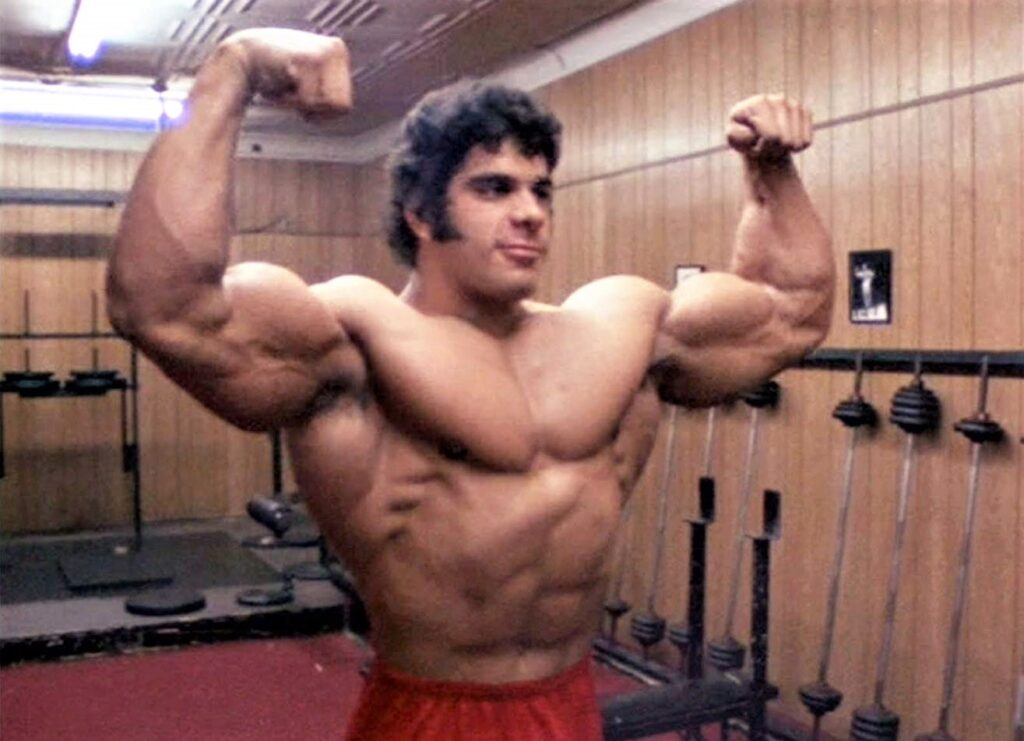
Moving on to Franco [Columbu]. He seemed like a lot of fun to be around, very upbeat.
I was always very fond of Franco. It was my idea to go to Sardinia and film there. That’s when we were really doing seat-of-the-pants filmmaking because three of us went to Sardinia—myself, [co-director] Bob Fiore, and his girlfriend. I did sound and lighting, and Bob did lighting and camera work, and we were able to do key scenes for the movie in Sardinia with literally a two-man crew. And it worked. And we got stopped by the police in the mountains. It was very exciting stuff because Franco’s mother and father were real shepherds, and I’m not even convinced any other Americans had been to his village before us. It was way, way up in the mountains in Sardinia, and it was so remote; and it was so high up that there was still ice in June on the lakes. At one point Franco chopped a hole in the ice and caught some trout, which he served us for lunch. On another occasion, Franco’s family put me to sleep in the only available bedroom, which was his sister’s room. Five of his sisters were going to sleep in the room with me, so this was quite wonderful. Then I realized Franco’s father was sitting right outside the window at the foot of my bed, watching me all night long.
That’s fun footage. The movie is so international, and it’s amazing how you did it on such a small budget, with such a small crew, and yet it’s this globe-hopping excursion.
Well, we filmed in Los Angeles, San Francisco, Montreal. We filmed at the Whitney Museum in Manhattan and Joanne Woodward’s dance studio there, and the gym and Louie’s house in Brooklyn. We filmed in Connecticut. We filmed in Massachusetts. We filmed in Paris, and we filmed in South Africa.
Turning now to Arnold. What was your impression of him? Did he just seem like a guy who was born to be successful?
Yeah, well, the reason I made the film was because I thought he was very charismatic and interesting and smart. But initially, when I met him, he had been in America four years and virtually nothing had happened. You know, he wasn’t in other movies after Hercules in New York flopped. We were the first people outside of bodybuilding to interview him. And I’ll tell you another little sidebar. When I was trying to get Pumping Iron going, I was very short on money, so I went to this lab in New York, and I had just come back from shooting the initial part of the film, and I asked them if they’d give me some credit, which is the kind of thing they normally do. So I went in with my hat in my hand and asked him if he would give me $15,000 worth of credit. He said, “Tell me what you’re doing,” and I said, “Well I’m making a movie about bodybuilding.” Then he said, “Does it have anything to do with Arnold Schwarzenegger?” and I said, “Yes.” So he said, “Forget it. I won’t give you any credit. I had a movie in here called Hercules in New York, and they never paid a bill and they owe me 30 grand.”
Now, 25 years later, do you still keep in touch with the sport of bodybuilding?
Yeah, I go to the Arnold Classic or the Mr. Olympia every other year or so.
What are your thoughts on the changes bodybuilding has gone through since Pumping Iron?
The interesting thing is that when I made Pumping Iron the bodybuilders were fabulously interesting characters. Ed Corney, Mike Katz, Robby Robinson, Leon Brown, Serge Nubret, Sergio Oliva, Arnold Schwarzenegger, Louie Ferrigno, Roger Callard. I could go on forever. And they were all characters. And they all had their own individual personalities. These days if you go to a bodybuilding contest, it’s very hard to remember anyone. And none of them have a life outside of bodybuilding. We hit the ‘Golden Age’ of bodybuilding with Pumping Iron, and all of the people we were involved with, whether it was Mike Katz or Ed Corney, they all had lives outside of bodybuilding that were fascinating.
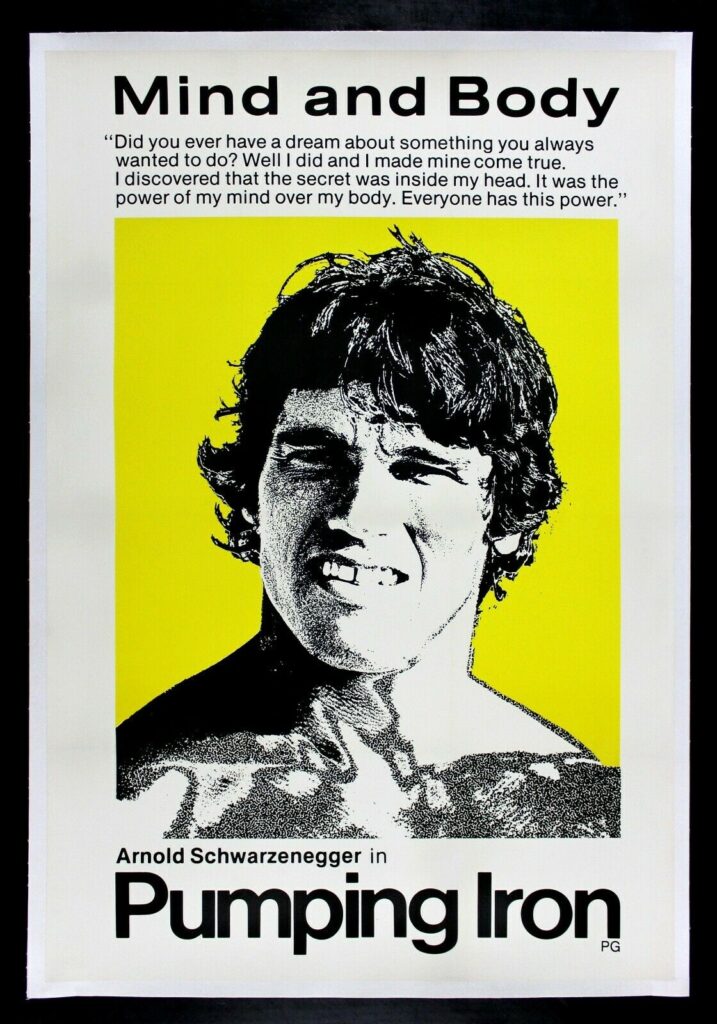
Maybe it was serendipity in a way at that time. Because the prize money was so small and the endorsement money as well, the guys had to do other things to earn a living which also made them more well-rounded individuals.
And they didn’t do other things willingly. They did it because Joe Weider wouldn’t give them any money. But the other thing that was interesting was that Charles Gaines and I had an opportunity to define bodybuilding, to say what it was about and to make it interesting to the outside world. I mean, imagine what would have happened to bodybuilding if there had been no film or no book. It would have been interpreted only as a Joe Weider magazine sport. It would be about the crab, the most muscular shot, and it would still be in Brooklyn. What we did which was fun and interesting is that we went for an audience outside of the sport, and we defined bodybuilding to a world who knew nothing about bodybuilding.
Yeah, it is kind of interesting. I never thought about it in that way. If it weren’t for you guys, who knows what bodybuilding’s incarnation would be today?
You know, it had been around for the first 70 years of the 20th century and other than Muscle Beach and Charles Atlas and Steve Reeves’ Hercules movies, there was nothing. And when we started there were basically three gyms in New York. The only one that was really active as a bodybuilding gym was Mid-City. There was one Gold’s Gym in Venice, and there was Vince Gironda’s gym in the Valley, and Bill Pearl had a gym up near Pasadena and there were a couple of Vic Tanny’s and that was it in Los Angeles. There might have been 25,000 people in America lifting weights at the time and—boom—in 1982, after the release of the movie and the book, a poll showed that 34 million people were lifting weights in America. It was like an atomic bomb going off. It shows that if you can catch the wave, or something that’s ready to go, and you can make a good movie, do a good book or something like that, make it interesting, like putting Arnold in the Whitney Museum, you can really capture everyone’s attention.
Opening image: Behind-the-scenes promotion photo, filming Arnold in a prison.
Related content:
Pumping Iron: 25 Things You Need to Know about the Classic Documentary















